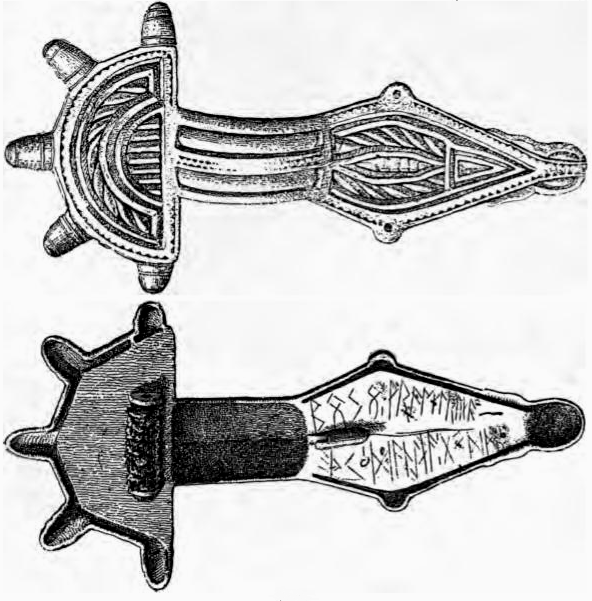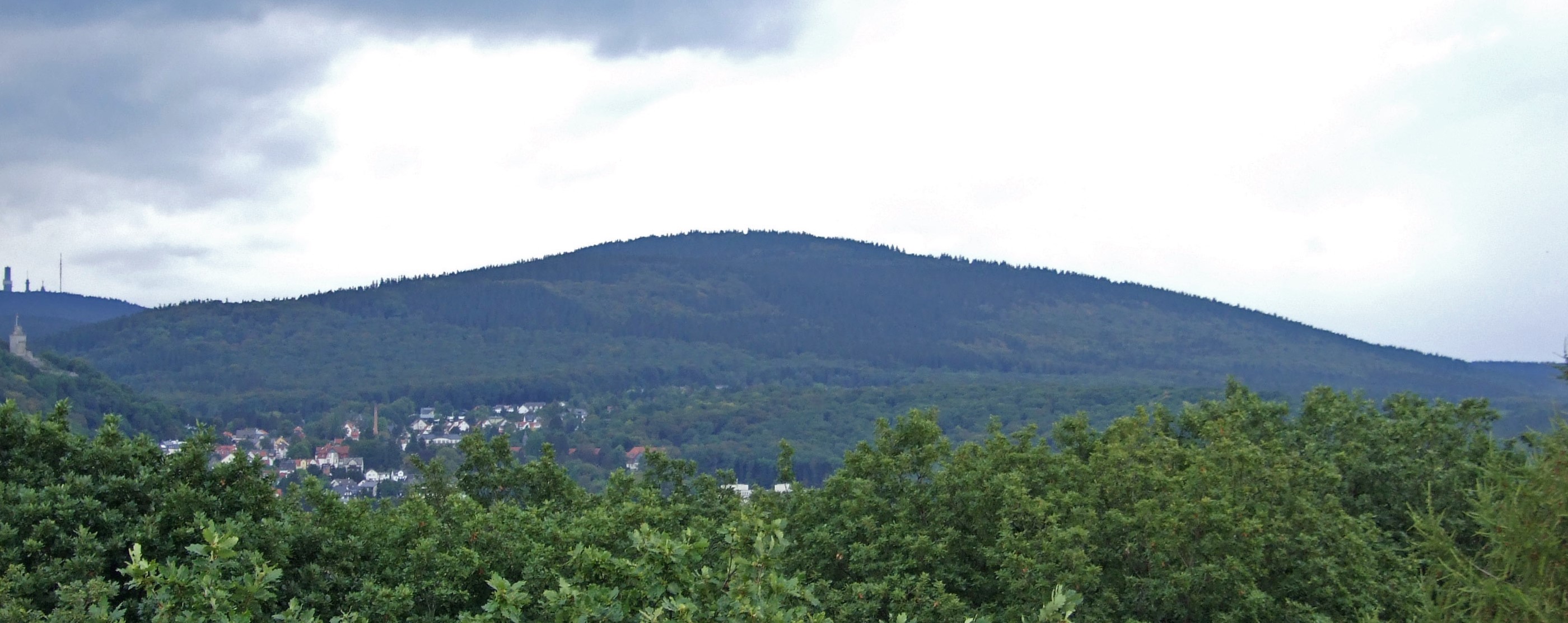|
Hackenheim
Hackenheim is an ''Ortsgemeinde'' – a municipality belonging to a ''Verbandsgemeinde'', a kind of collective municipality – in the Bad Kreuznach district in Rhineland-Palatinate, Germany. It belongs to the ''Verbandsgemeinde'' of Bad Kreuznach, whose seat is in the like-named town, although this lies outside the ''Verbandsgemeinde''. Hackenheim is a winegrowing village. Geography Location Hackenheim lies just outside the district seat of Bad Kreuznach, roughly 3 km east of the Nahe and 16 km south of the Rhine at Bingen. On the Kirchberg, , there is a good view of the Hunsrück, the Rhein-Nahe-Eck (the point of land at the mouth of the Nahe where it empties into the Rhine) and on into the cleared land around Rüdesheim am Rhein, whereon stands the ''Niederwalddenkmal''. Beyond that stretches the Rheingaugebirge, the westernmost part of the High Taunus, with the Kalte Herberge (which despite its name, which means “Cold Hostel”, is a mountain) and the Hohe Kanz ... [...More Info...] [...Related Items...] OR: [Wikipedia] [Google] [Baidu] |
Bad Kreuznach
Bad Kreuznach () is a town in the Bad Kreuznach district in Rhineland-Palatinate, Germany. It is a spa town, most well known for its medieval bridge dating from around 1300, the Alte Nahebrücke, which is one of the few remaining bridges in the world with buildings on it.Brückenhäuser, Alte Nahebrücke, Neustadt , Bad Kreuznach o www.romantic-germany.info (in English). Retrieved 14 June 2018 The town is located in the Nahe River wine region, renowned both nationally and internation ... [...More Info...] [...Related Items...] OR: [Wikipedia] [Google] [Baidu] |
Bad Kreuznach (district)
Bad Kreuznach is a district in Rhineland-Palatinate, Germany. It is bounded by (from the north and clockwise) the districts of Rhein-Hunsrück, Mainz-Bingen, Alzey-Worms, Donnersbergkreis, Kusel and Birkenfeld. History The region is full of medieval castles, especially along the Nahe River. Best known is the Kyrburg of Kirn, built in the 12th century and sitting in state above the river. In 1815, the district of Kreuznach was established by the Prussian government. In 1932, it was merged with the district of Meisenheim. The name of the district officially changed from Kreuznach to Bad Kreuznach in 1969. Geography The district is located in the hilly country between the mountain chains of the Hunsrück in the north and the North Palatine Uplands in the south. The main axis of the district is the Nahe River, which enters the territory in the west, runs through Kirn, Bad Sobernheim and Bad Kreuznach, and leaves to the northeast. The region formed by this district and the adjo ... [...More Info...] [...Related Items...] OR: [Wikipedia] [Google] [Baidu] |
Bad Kreuznach (Verbandsgemeinde)
Bad Kreuznach is a ''Verbandsgemeinde'' ("collective municipality") in the district of Bad Kreuznach, Rhineland-Palatinate, Germany. The seat of the ''Verbandsgemeinde'' is in the town Bad Kreuznach, itself not part of the ''Verbandsgemeinde''. The municipalities lie south and east of the town of Bad Kreuznach. The entire ''Verbandsgemeinde'' is 73.7 square kilometers large and has about 9,000 inhabitants. The ''Verbandsgemeinde'' Bad Kreuznach consists of the following ''Ortsgemeinden'' ("local municipalities"): # Altenbamberg # Biebelsheim # Feilbingert # Frei-Laubersheim # Fürfeld # Hackenheim # Hallgarten # Hochstätten # Neu-Bamberg # Pfaffen-Schwabenheim # Pleitersheim # Tiefenthal # Volxheim Volxheim is a municipality in the district of Bad Kreuznach in Rhineland-Palatinate, in western Germany Germany,, officially the Federal Republic of Germany, is a country in Central Europe. It is the second most populous country in ... External linksVerbandsge ... [...More Info...] [...Related Items...] OR: [Wikipedia] [Google] [Baidu] |
Frei-Laubersheim
Frei-Laubersheim is an ''Ortsgemeinde'' – a municipality belonging to a ''Verbandsgemeinde'', a kind of collective municipality – in the Bad Kreuznach district in Rhineland-Palatinate, Germany. It belongs to the ''Verbandsgemeinde'' of Bad Kreuznach, whose seat is in the like-named town, although this lies outside the ''Verbandsgemeinde''. Frei-Laubersheim is a winegrowing village. Geography Location Frei-Laubersheim lies, like Fürfeld and Neu-Bamberg, in the ''Rheinhessische Schweiz'' – Rhenish-Hessian Switzerland – a recreational region. The village lies roughly 7 km from the gates of the spa town and district seat of Bad Kreuznach and is framed by some 125 ha of vineyards and 313 ha of wooded land bordering on Bad Kreuznach's municipal forest at Forsthaus (“forester’s house”) Spreitel. Neighbouring municipalities Clockwise from the north, Frei-Laubersheim's neighbours are the municipalities of Hackenheim, Volxheim, Wöllstein, Neu-Bambe ... [...More Info...] [...Related Items...] OR: [Wikipedia] [Google] [Baidu] |
Lorsch Codex
The Lorsch Codex (Chronicon Laureshamense, Lorscher Codex, Codex Laureshamensis) is an important historical document created between about 1175 to 1195 AD in the Monastery of Saint Nazarius in Lorsch, Germany. The codex is handwritten in Carolingian minuscule, and contains illuminated initials – for example, a huge "D" is presented on the first page. The codex consists of 460 pages in large format containing more than 3800 entries. It is important because it details the gifts given to the monastery and the possessions belonging to it, giving some of the first mention of cities of the Middle Ages in central Germany, and in particular in the Rhein-Neckar region. Over one thousand places are named. None of the original documents that were copied into the codex are known to have survived. The codex is now in the Bavarian state archive in Münich. Literature *''Codex Laureshamensis. Das Urkundenbuch des ehemaligen Reichsklosters Lorch'', Neustadt/Aisch 2003 (Bavarian State Archiv ... [...More Info...] [...Related Items...] OR: [Wikipedia] [Google] [Baidu] |
Altkönig
The Altkönig is the third highest mountain of the Taunus range in Hesse, Germany, reaching a height of . Its summit is lies within the borough of Kronberg im Taunus not far from the village of Königstein im Taunus which is part of Falkenstein in the Hessian county of Hochtaunuskreis. With an isolation of 2,450 metres and a prominence of over 136 metres above saddle at the Fuchstanz () leading to the Kleiner Feldberg (), the Altkönig is one of the most striking peaks in the Taunus. Together with the Großer Feldberg () and Kleiner Feldberg it forms the crown of the High Taunus ( Feldberg-Taunus ridge); unlike the Feldberg, however, it does not lie on the main ridge itself but rises to the south and parallel with it. On the Altkönig are the Altkönig Circular Rampart and on its spurs the Lips and Victoria Temples, the White Wall and the Hünerberg Circular Rampart. In the local region are Altkönig School in Kronberg, the local Altkönig Foundation and Altkönig Ha ... [...More Info...] [...Related Items...] OR: [Wikipedia] [Google] [Baidu] |
Rhenish-Hessian Switzerland
Rhenish-Hessian Switzerland (german: Rheinhessische Schweiz) is a protected landscape and recreation area in the southwest of the German region of Rhenish Hesse (''Rheinhessen''). It was established in 1961 and has an area of 6,766 hectares. The following municipalities lies within the protected area: Bechenheim, Erbes-Büdesheim, Frei-Laubersheim, Fürfeld, Nack, Neu-Bamberg, Nieder-Wiesen, Siefersheim, Stein-Bockenheim, Tiefenthal, Wendelsheim and Wöllstein. See also * Little Switzerland (landscape) Sources External links Informationabout the recreation area on the collective municipality of Alzey-Land Alzey-Land is a ''Verbandsgemeinde'' ("collective municipality") in the district Alzey-Worms, Rhineland-Palatinate, Germany. It is located around the town Alzey, which is the seat of Alzey-Land, but not part of the ''Verbandsgemeinde''. Alzey-Lan ... Regulation for the protection of the Rhenish-Hessian Switzerland region dated 22 February 1961(pdf; 41 kB) Rhe ... [...More Info...] [...Related Items...] OR: [Wikipedia] [Google] [Baidu] |
Odenwald
The Odenwald () is a low mountain range in the German states of Hesse, Bavaria and Baden-Württemberg. Location The Odenwald is located between the Upper Rhine Plain with the Bergstraße and the ''Hessisches Ried'' (the northeastern section of the Rhine rift) to the west, the Main and the Bauland (a mostly unwooded area with good soils) to the east, the Hanau-Seligenstadt Basin – a subbasin of the Upper Rhine Rift Valley in the Rhine-Main Lowlands – to the north and the Kraichgau to the south. The part south of the Neckar valley is sometimes called the ''Kleiner Odenwald'' ("Little Odenwald"). The northern and western Odenwald belong to southern Hesse, with the south stretching into Baden. In the northeast, a small part lies in Lower Franconia in Bavaria. Geology The Odenwald, along with other parts of the Central German Uplands, belongs to the Variscan, which more than 300 million years ago in the Carboniferous period ran through great parts of Europe. The cause ... [...More Info...] [...Related Items...] OR: [Wikipedia] [Google] [Baidu] |
Volxheim
Volxheim is a municipality in the district of Bad Kreuznach in Rhineland-Palatinate, in western Germany Germany,, officially the Federal Republic of Germany, is a country in Central Europe. It is the second most populous country in Europe after Russia, and the most populous member state of the European Union. Germany is situated betwe .... References Bad Kreuznach (district) {{BadKreuznach-geo-stub ... [...More Info...] [...Related Items...] OR: [Wikipedia] [Google] [Baidu] |
Ortsgemeinde
A Verbandsgemeinde (; plural Verbandsgemeinden) is a low-level administrative division, administrative unit in the Germany, German States of Germany, federal states of Rhineland-Palatinate and Saxony-Anhalt. A Verbandsgemeinde is typically composed of a small group of villages or towns. Rhineland-Palatinate The state of Rhineland-Palatinate is divided into 163 Verbandsgemeinden, which are municipal associations grouped within the 24 Districts of Germany, districts of the state and subdivided into 2,257 Ortsgemeinden (singular Ortsgemeinde) which comprise single settlements. Most of the Verbandsgemeinden were established in 1969. Formerly the name for an administrative unit was ''Amt (political division), Amt''. Most of the functions of municipal government for several municipalities are consolidated and administered centrally from a larger or more central town or municipality among the group, while the individual municipalities (Ortsgemeinden) still maintain a limited degree of ... [...More Info...] [...Related Items...] OR: [Wikipedia] [Google] [Baidu] |
Hahnheim
Hahnheim is an ''Ortsgemeinde'' – a municipality belonging to a ''Verbandsgemeinde'', a kind of collective municipality – in the Mainz-Bingen district in Rhineland-Palatinate, Germany. Geography Location Hahnheim lies between Mainz and Worms on the river Selz. The winegrowing centre belongs to the ''Verbandsgemeinde'' Rhein-Selz, whose seat is in Oppenheim. Politics Municipal council The council is made up of 17 council members, counting the part-time mayor, with seats apportioned thus: (as at municipal election held on 13 June 2004) Coat of arms The municipality's arms might be described thus: Per fess gules and argent, a cock repassant counterchanged. Culture and sightseeing Jewish graveyard In the countryside towards Köngernheim on the highway going towards ''Bundesstraße'' 420 is an old Jewish graveyard. Biotopes In the countryside, especially along the Selz and on the former Alzey–Bodenheim railway right-of-way – the “Amiche” – several biotopes have be ... [...More Info...] [...Related Items...] OR: [Wikipedia] [Google] [Baidu] |
Kleiner Feldberg
The Kleiner Feldberg with an elevation of is the second-highest mountain of the Taunus mountain range in Hesse, Germany. The Großer Feldberg is located in its immediate neighbourhood. In 1913, a meteorological and geophysical observatory was built there by German meteorologist Franz Linke. In 1988 an astronomical observatory was built on the mountain's top. The source of the Weil River and a small castle of the Limes Germanicus are located at its northern base. References * Kümmerly+Frey: The New International Atlas. Rand McNally (1980) See also * List of mountains and hills of the Taunus This list of mountains and hills of the Taunus contains a selection of the highest and most notable mountains and hills in the Taunus and its foothills in the German states of Hesse and Rhineland-Palatinate. The Taunus is part of the Rhenish Massi ... Mountains of Hesse Mountains and hills of the Taunus High Taunus {{Hesse-geo-stub ... [...More Info...] [...Related Items...] OR: [Wikipedia] [Google] [Baidu] |



